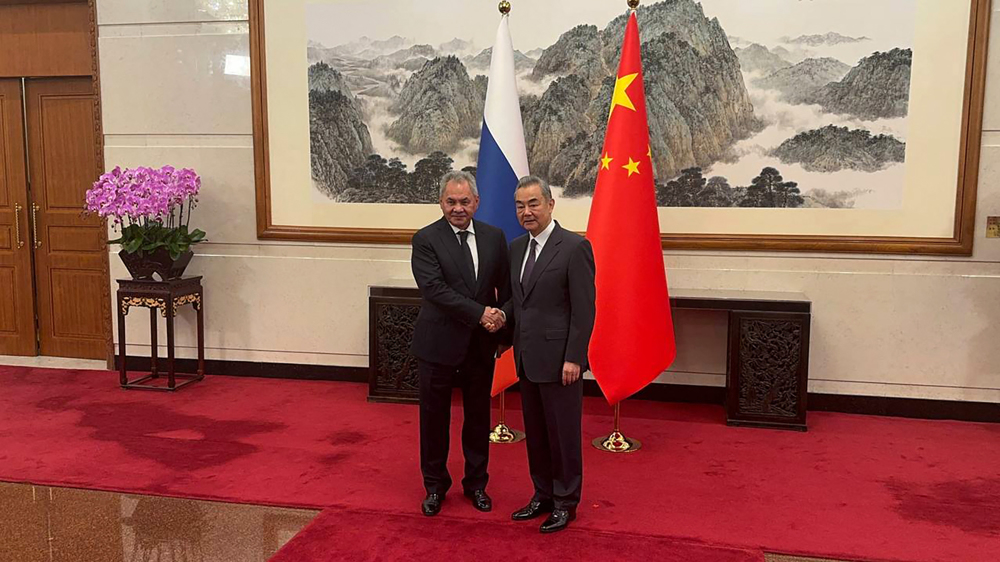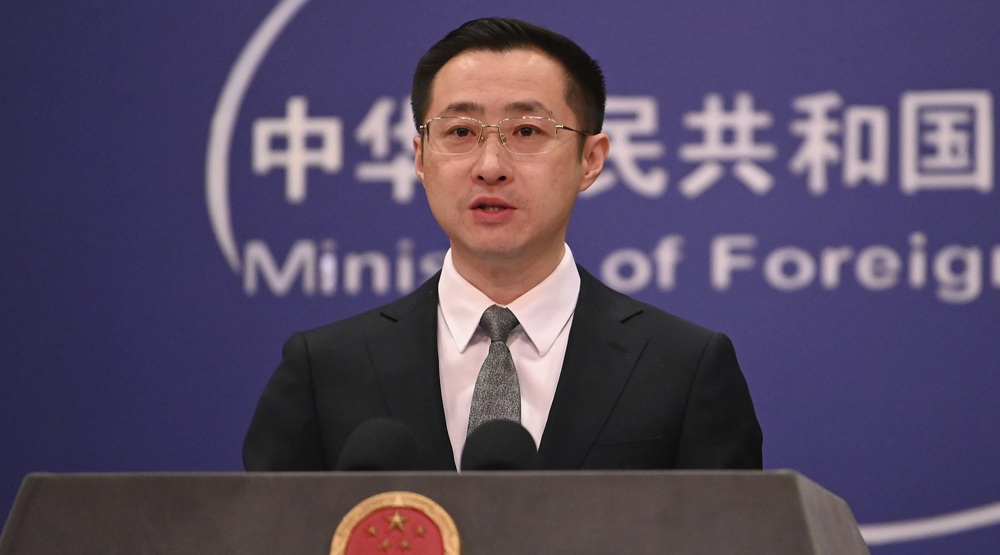China celebrates 50th year of founding of Tibet
China is celebrating the anniversary of the 1965 founding of its Tibet Autonomous Region, with tens of thousands of people as well as a group of officials from Beijing attending the ceremonies.
The celebrations kicked off Tuesday morning in front of the Potala Palace in the administrative Tibeten capital, Lhasa.
Some 20,000 Tibetan people from all walks of life took part in the ceremony. The central government in Beijing also sent a 65-member delegation, led by senior Chinese political advisor Yu Zhengsheng, to the celebrations.
Meanwhile, around 6,000 people held a large parade, carrying the national emblem of China as well as the portraits of past and present leaders, including President Xi Jinping.
Yu delivered a keynote speech at the ceremony, emphasizing Tibet’s unity with the mainland.
“During the past 50 years, the Chinese Communist Party and the Tibetan people have led the transformation from a backward old Tibet to a vibrant socialist new Tibet,” Yu told the audience.

Tibetans have “made remarkable achievements and brought great changes to the snow-covered plateau. The social productivity in Tibet has been greatly emancipated and developed,” Yu said, adding that the region’s GDP “has increased by 68 times and local financial revenue has increased by 564 times in the past five decades.”
On Monday, Yu met with several incumbent and former Tibetan leaders and representatives of Tibetans. Beijing’s delegation also participated in other festivities on the eve of Tuesday’s mass celebrations.
The Tibet Autonomous Region was founded by China on September 1, 1965, after the establishment of the regional People’s Congress, the local legislature, through elections.
Tibet is one of China’s five ethnic autonomous regions, along with Xinjiang, Inner Mongolia, Ningxia and Guangxi. The five regions have their own local governments similar to other provinces of China; however, they have more legislative rights.
An exhibition has opened in the city’s Convention and Exhibition Center to show economic, social and religious developments in the past half century with pictures, historical documents and real artifacts.
Gross domestic product in Tibet soared from 327 million yuan ($51.4 million) in 1965 to 92 billion yuan in 2014.
'New chapter in cooperation': Iran, Venezuela sing new MoUs
Jordan sentences former lawmaker for supporting Palestinian resistance
Basij volunteer forces hold massive drills in southwestern Iran
Israeli war criminals 'not welcome', US city says after ICC ruling
US vetoing of Gaza ceasefire resolution ‘disgraceful’: Iran’s UN envoy
VIDEO | IAEA adopts anti-Iran resolution tabled by E3
VIDEO | Iran's president urges Pope to help end Israel's onslaught in Gaza
Iran's senior legal official: ICC arrest warrant for Netanyahu ‘great victory'










 This makes it easy to access the Press TV website
This makes it easy to access the Press TV website